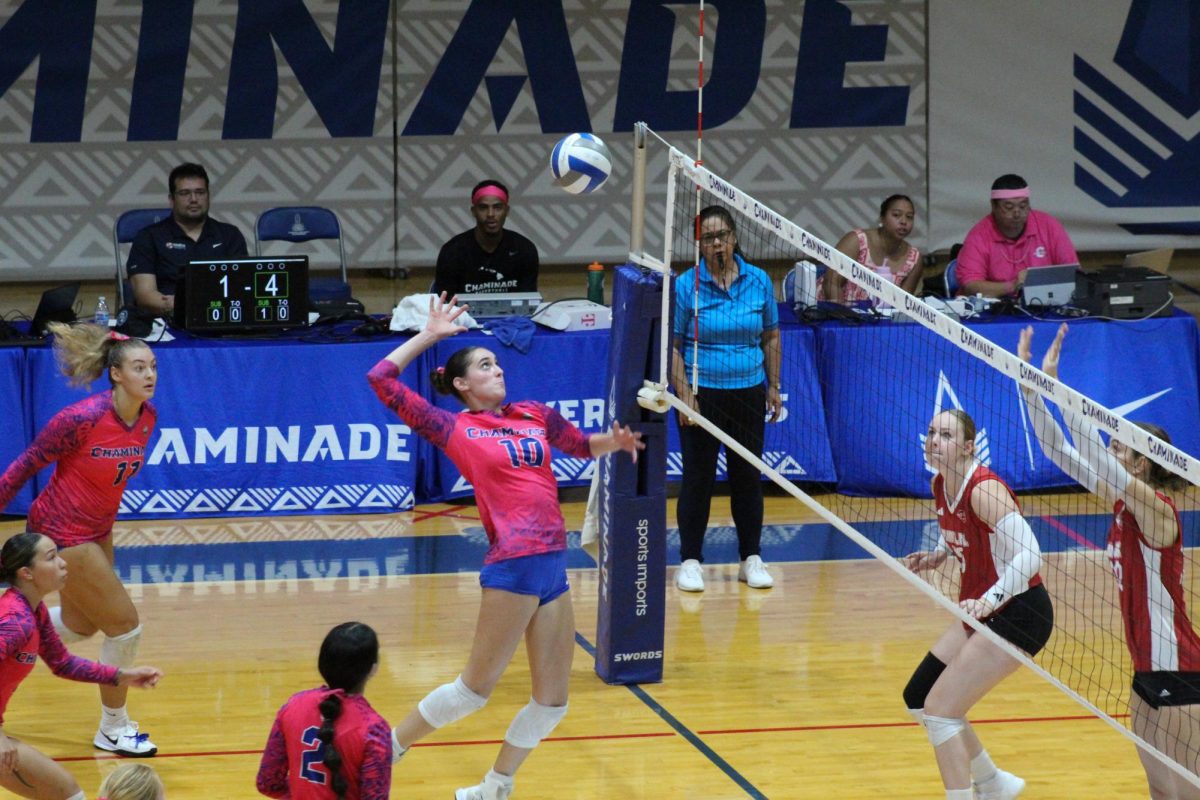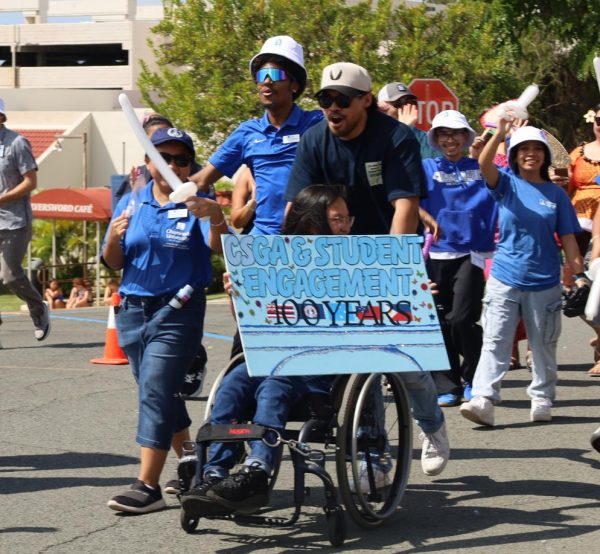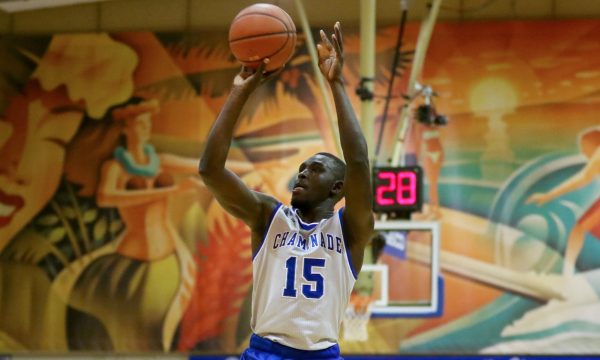Top 10 Unique beaches in Hawaiʻi
Glass Beach located on the island of Kauaʻi.
February 19, 2016
Growing up in Hawaiʻi gave me the opportunity to experience living in paradise. One of the main driving forces behind the economy and the tourist rate in Hawaiʻi are the unique beaches on the islands. Here are my top 10 unique beaches in Hawaiʻi.
1. South Point (Big Island) — Ka Lae, also known as South Point, is the southernmost point of the Big Island and the 50 states. It is registered as a National Historical Landmark. It is believed that the first Polynesians to arrive on the Hawaiian Islands disembarked here somewhere between 400 and 800 A.D.
2. Jaws (Maui), also called Peʻahi, is unique because of how big the waves can get. Some of the biggest waves surfed in the world have been at this beach. In December 2015, the Peahi Challenge was the first ever Big Wave Tour Paddle-In event and was won by Maui native Billy Kemper. That same month, world-renowned Bethany Hamilton, surfed Jaws for the first time.
3. Glass Beach (Kauaʻi) in Hanapepe is unique because it was used to dump old cars and metal glass. Throughout the years the constant ocean movement turned those pieces into smooth glass.
4. Mahana Bay (Big Island) — While on the Big Island a trip to the south side is a must. Here a unique green sand beach known as, Papakōlea beach or Mahana Bay, awaits. A 4-wheel drive vehicle is capable of making it down, but if not, it is about a 2.5-mile walk roundtrip. This beach is also close to South Point. I would recommend walking. Walking gives you the opportunity to see the heiau that are dedicated to fishing. The green sand comes from the Big Island lava that is known as olivine.
5. Tunnels Beach (Kauaʻi), also known as Makua Beach, is a perfect place to snorkel because of its huge reef. The beautiful mountain scenery falls right over the ocean. Tunnels Beach is featured in the movie, “South Pacific” that was released on March 19, 1958.
6.Red Sand Beach (Maui) — Red Sand Beach is a crescent-shaped beach that is cut into the Kaʻuiki Head cinder cone. The red sand comes from the red lava cliffs. This is one of the few nude beaches here in Hawaiʻi.
7. Kīholo Bay (Big Island) is located on the south Kohala coast. It is about a 2-mile hike to see the beautiful black sand beach and sea turtles. Different beach houses and a lava tube that’s called “The Blue Room” are a part of this bay. Being that the lava tube is dark, a head light is recommend. When the light hits the water, it turns it into what looks like a “blue room.” The reflection the light has on the water is absolutely stunning. Another unique characteristic of this beach would be what the locals call Keanalele or Queen’s Bath. Keanalele is another lava tube filled with both freshwater and saltwater.
8. Makalawena (Big Island) is located in Kailua-Kona on the west side. There are two trails that are available to get here, but it all depends on the type of vehicle. This beach is about a 45-minute 4-wheel drive in, or just park your vehicle and walk in about 4 miles. Here, at this secluded beach, many are able to experience three bays and two brackish-water ponds. It is also the last beach in Kona that you can drive on. It is said that future plans of a resort may be built down there.
9. Electric Beach (Oahu) — Kahe Point is located on the west side of Oahu. Its unique name Electric Beach comes from the electric power plant that is located across the street. The electric plant provides water through two cooling pipes offshore and this makes the ocean water have different temperatures. The temperature changes are perfect to attract varieties of sea life.
10. Okoe Bay (Big Island) — On the south side of the Big Island lies a beautiful black sand beach. According to Hawaiian legend, it is named after a woman who once lived there. Legend says a man, named Omokaʻa, and his wife, Okoe, lived at Okoe Bay. People traveling over to Miloliʻi and Honomalino back in the day would stop there to drink water from the well. When they did this, Omokaʻa would hit them on the head and he and his wife, Okoe, would eat them. The chief of the village found out what they were doing and banished Omokaʻa from Okoe Bay. This bay is right next to Miloliʻi.




